Investment casting, also known as lost wax casting or precision casting, stands at the pinnacle of manufacturing processes when intricate components with demanding specifications are the order of the day.
This technique caters to the need for tighter tolerances, thinner walls, and impeccable surface finishes, qualities that often elude traditional sand casting methods.
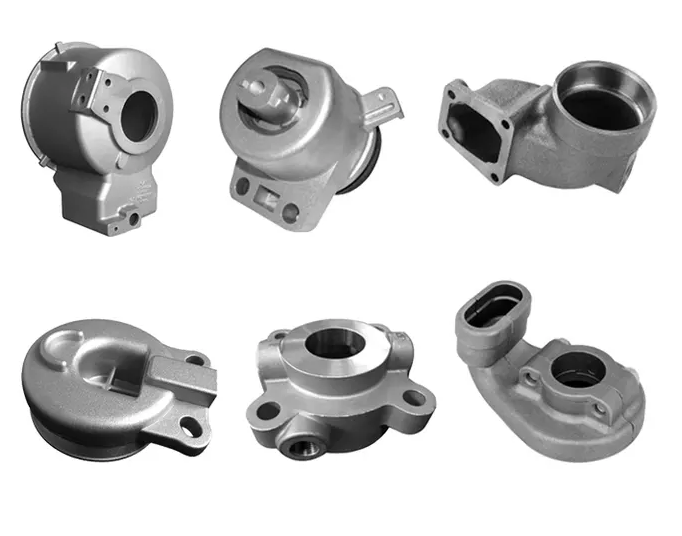
The hallmark of investment casting lies in its mold creation.
It commences with the creation of a wax pattern mirroring the desired part.
Subsequently, this wax pattern is submerged into a meticulous ceramic slurry containing colloidal silica and alumina.
After drying and a judicious application of heat, the wax evaporates, leaving behind an intricate ceramic shell mold ready for casting.
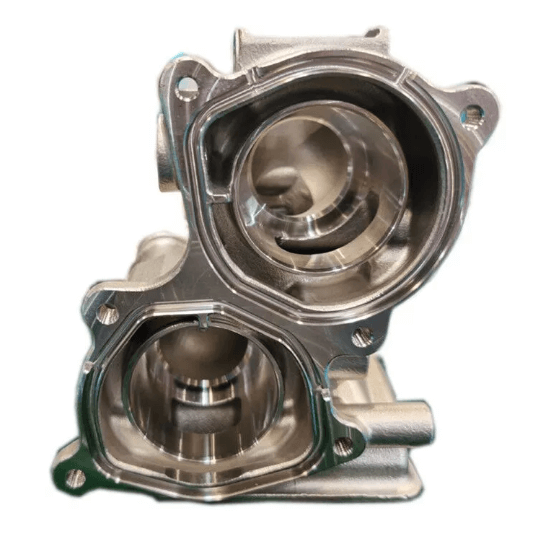
The investment casting process, also colloquially referred to as the lost wax process, finds a niche in precision applications, particularly in aerospace, where components like gas turbine blades demand nothing short of perfection.
The Steps in the Investment Casting Process:
- Pattern Creation: Typically, wax patterns are injection-molded within a single metal die, forming a one-piece unit. Cores may be incorporated to craft internal features on the pattern. Multiple patterns may be attached to a central wax gating system, resembling a tree-like assembly. This gating system serves as the conduits for the molten metal’s journey to the mold cavity.
- Mold Creation: The aforementioned “pattern tree” undergoes a series of baths in fine ceramic particles, followed by coatings of coarser particles. This is followed by drying to establish a ceramic shell around both the patterns and the gating system. The process is repeated until the ceramic shell attains the necessary thickness to withstand the molten metal’s onslaught. Subsequently, the shell is subjected to high temperatures, causing the wax to melt away, thus earning the process its moniker of “lost wax” casting.
- Pouring: The ceramic mold is preheated to around 1000°C in a furnace, and molten metal is poured into the mold via the gating system, thereby filling the mold cavity. This pouring is typically gravity-driven, though vacuum or pressure techniques may be employed in certain cases.
- Cooling: Once the mold is filled, it’s allowed to cool and solidify into the shape of the final investment casting parts. The duration of cooling hinges on factors such as part thickness, mold thickness, and the casting material deployed.
- Casting Removal: Following the cooling process, the mold can be dismantled, and the casting liberated. Water jets, among other methods, are commonly used to remove the ceramic mold. After extraction, the parts are separated from the gating system, either by sawing or cold breaking, the latter utilizing liquid nitrogen.
- Finishing: A slew of finishing operations, including grinding and sandblasting, is employed to refine the part, especially in areas adjoining the gates. In some instances, heat treatment may be utilized to enhance the part’s hardness.
Advantages and Disadvantages of Investment Casting:
Advantages:
- Superb Surface Finish: Investment casting delivers components with exceptional surface finishes, often eliminating the need for extensive post-casting surface treatments.
- Precise Dimensional Tolerances: It boasts tight dimensional tolerances, making it ideal for parts where accuracy is paramount.
- Complex Geometries: Investment casting excels at crafting intricate and complex shapes, pushing the boundaries of what’s achievable.
- Thin-Walled Parts: The process is adept at producing thin-walled components without compromising structural integrity.
- Material Variety: Investment casting accommodates a wide spectrum of metals and alloys, including ferrous and non-ferrous materials.
- Minimal Draft Requirements: Unlike many casting methods, investment casting can be executed with minimal or no draft angles, further expanding its capabilities.
- Reduced Material Waste: Its precision and minimal need for post-casting corrections equate to lower material wastage.
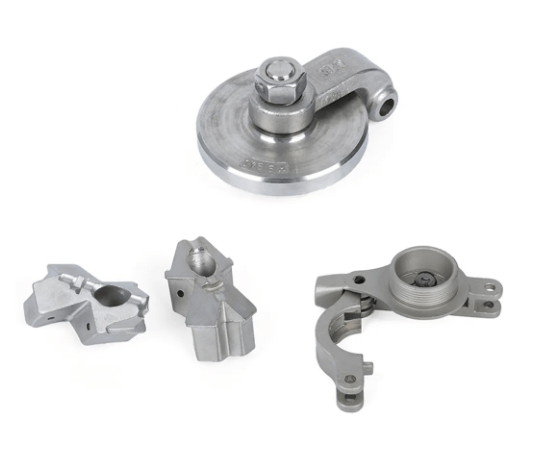
Disadvantages:
- Pattern Requirements: Each casting necessitates an individual wax pattern, rendering the process less cost-effective for high-volume production of identical components.
- Limited Sizing: Investment casting has inherent limitations on casting dimensions compared to other casting methods.
- Cost: The process typically involves higher tooling and labor costs, impacting the overall cost of production.
Investment casting stands as a testament to the fusion of scientific engineering and the seasoned craftsmanship that delivers intricate and precise components across diverse industries.
Its superior surface finish, dimensional accuracy, and ability to conquer complex geometries make it the go-to choice for applications demanding nothing but the best.
Whether it’s aerospace, power generation, automotive, or any industry seeking excellence, investment casting provides the foundation for crafting components of unparalleled quality and precision.
Elevating Excellence: The Fusion of Scientific Engineering and Expert Craftsmanship in Investment Casting
Investment casting, sometimes referred to as lost wax casting or precision casting, is a pinnacle of manufacturing artistry.
It finds its niche in crafting intricate components with exacting specifications, where precision, delicacy, and near perfection are non-negotiable. This method excels in achieving tighter tolerances, thinner walls, and impeccable surface finishes, qualities that can be elusive with traditional sand casting methods.
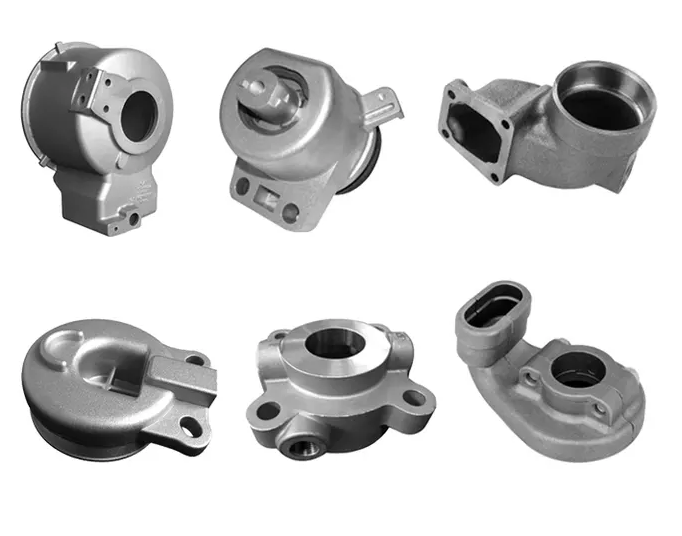
At its core, investment casting revolves around the creation of molds. It begins with crafting a wax pattern that mirrors the desired part with astonishing detail.
This wax pattern is then submerged into a carefully formulated ceramic slurry infused with colloidal silica and alumina.
Following meticulous drying and strategic heating, the wax vanishes, leaving behind an intricate ceramic shell mold ready for the casting process.
The Hallmarks of Investment Casting:
The investment casting process, often colloquially known as the lost wax process, finds a special place in precision applications.
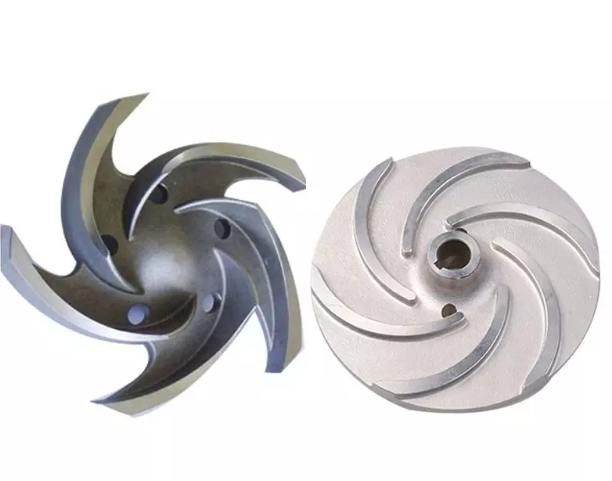
Industries like aerospace, which demand components of the utmost precision and intricacy, rely on investment casting for the production of critical parts such as gas turbine blades.
The Journey through Investment Casting:
- Pattern Creation: Typically, wax patterns are injection molded into a single piece within a metal die, ensuring a high degree of accuracy. Cores, additional wax components, may be incorporated to form internal features on the pattern. These patterns are often combined into a central wax gating system, creating an assembly resembling a tree. This gating system serves as the conduits through which molten metal will flow to reach the mold cavity.
- Mold Creation: This “pattern tree” undergoes a series of submersions in a slurry of fine ceramic particles. After each dip, coarser particles are applied before the assembly is dried. This process is repeated until the ceramic shell reaches the necessary thickness to withstand the impending molten metal. The ceramic shell is then subjected to high temperatures, causing the wax to melt away, hence the moniker “lost wax” casting.
- Pouring: The ceramic mold is preheated to approximately 1000°C in a furnace. Molten metal is then poured into the mold through the gating system, effectively filling the mold cavity. Typically, pouring is driven by gravity, but in certain instances, alternative methods such as vacuum or pressure are employed.
- Cooling: After the mold is filled, it is allowed to cool and solidify, ultimately adopting the shape of the final investment casting parts. The cooling duration is dictated by factors like part thickness, mold thickness, and the specific casting material used.
- Casting Removal: Once the molten metal has cooled and solidified, the mold can be disassembled, and the casting retrieved. The ceramic mold is typically removed using water jets, although various other methods exist. After extraction, the parts are separated from the gating system, a process that may involve sawing or cold breaking facilitated by liquid nitrogen.
- Finishing: The journey doesn’t end with the casting; finishing operations such as grinding and sandblasting come into play. These processes are employed to refine the part, especially around the areas adjoining the gates. Additionally, heat treatment might be utilized to enhance the part’s hardness.
The Pros and Cons of Investment Casting:
Advantages:
- Superior Surface Finish: Investment casting delivers components with exceptional surface finishes, often negating the need for extensive post-casting surface treatments.
- Precision Dimensional Tolerances: It boasts tight dimensional tolerances, making it ideal for parts where accuracy is paramount.
- Intricate Geometries: Investment casting excels at crafting intricate and complex shapes, pushing the boundaries of what is achievable.
- Thin-Walled Parts: The process is adept at producing thin-walled components without compromising structural integrity.
- Material Versatility: Investment casting accommodates a wide spectrum of metals and alloys, spanning ferrous and non-ferrous materials.
- Minimal Draft Requirements: Unlike many casting methods, investment casting can be executed with minimal or no draft angles, further expanding its capabilities.
- Reduced Material Waste: Its precision and minimal need for post-casting corrections equate to lower material wastage.
Disadvantages:
- Pattern Requirements: Each casting necessitates an individual wax pattern, rendering the process less cost-effective for high-volume production of identical components.
- Size Constraints: Investment casting has inherent limitations on casting dimensions compared to other casting methods.
- Cost: The process typically involves higher tooling and labor costs, impacting the overall cost of production.
Applications and Industries for Investment Casting:
The versatility of investment casting is virtually boundless, given the fine tolerances it can achieve. Industries that demand precision, intricacy, and exacting standards are prolific users of this process. These include:
- Aerospace: Precision components, such as gas turbine blades, often require the precision that investment casting delivers.
- Power Generation: Turbine blades, vanes, and other critical components are commonly produced using this method.
- Automotive: Various automotive parts, including engine components and exhaust manifolds, benefit from the precision of investment casting.
- Military: Defense applications often require intricate components produced with the utmost precision and reliability.
- Commercial: From intricate jewelry to high-end watches, investment casting is the go-to method for achieving delicate and intricate designs.
- Food Service: The process is employed to create finely detailed components in kitchen equipment.
- Gas and Oil: Oil and gas industries utilize investment casting to craft critical components for drilling and exploration.
- Energy: Renewable energy sectors utilize precision casting for turbine blades and other components.
Elevating Excellence in Investment Casting:
Investment casting stands as a testament to the union of scientific engineering and seasoned craftsmanship.
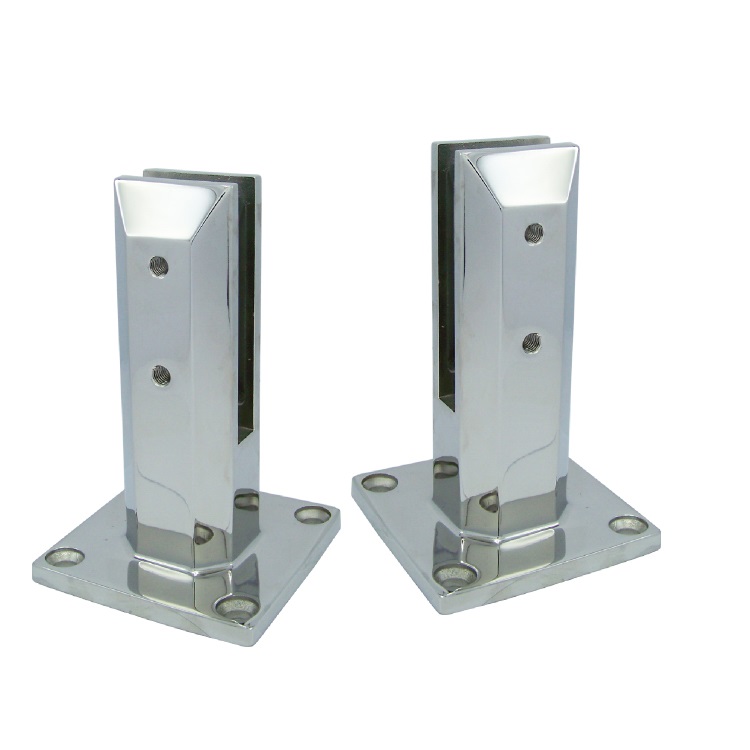
It exemplifies precision, delivering components with impeccable surface finishes, tight dimensional tolerances, and the capability to conquer complex geometries.
Whether it’s aerospace, power generation, automotive, or any industry that demands nothing but the best, investment casting lays the foundation for crafting components of unparalleled quality and precision.
Its journey from wax pattern to precision part is a testament to human ingenuity, pushing the boundaries of what’s possible in manufacturing.

 By Coco
By Coco

